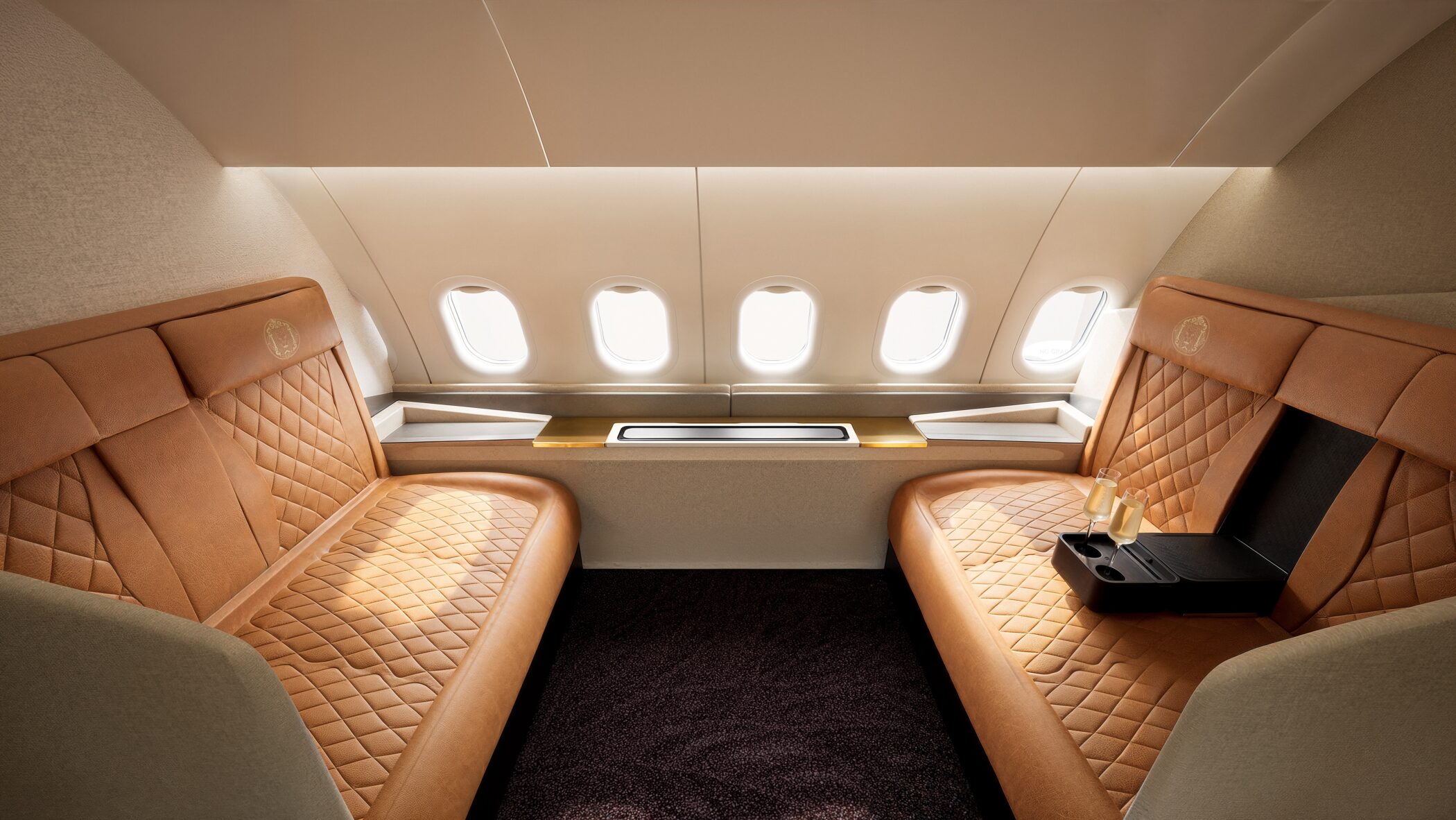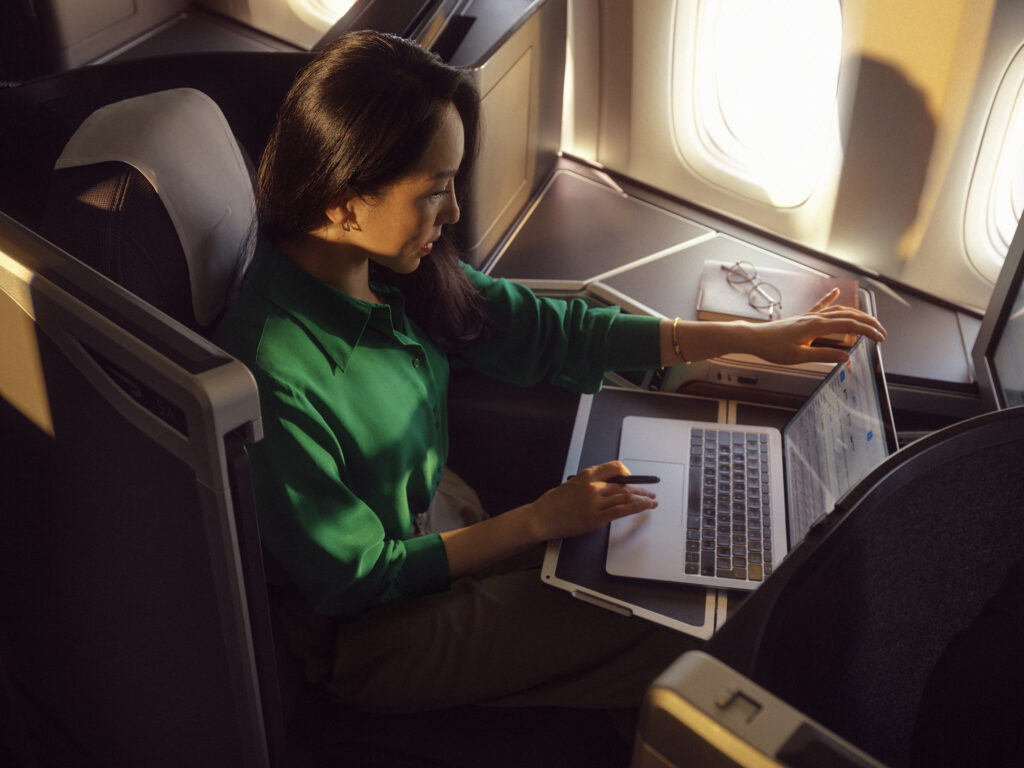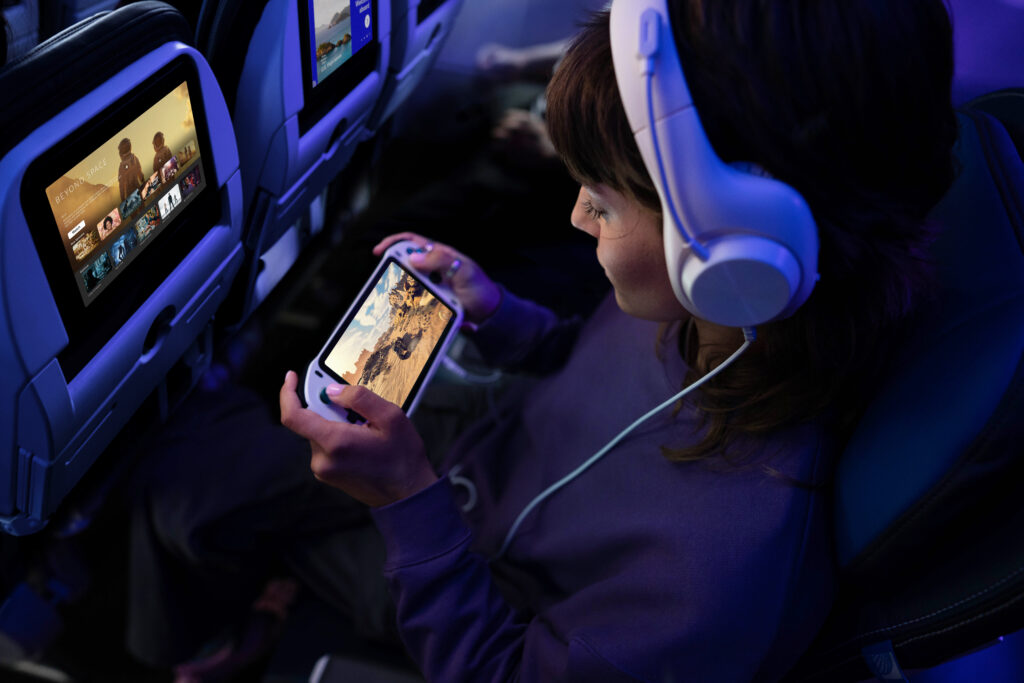JetBlue first airline to partner with Amazon's Project Kuiper
JetBlue has become the first airline to partner with Amazon's satellite internet endeavour, Project Kuiper, for next-gen in-flight wifi, potentially enabling seamless film streaming and video calling at 35,000 feet. Olivia Palamountain reports
JetBlue has become the first carrier globally to sign with Amazon's Project Kuiper satellite internet service, marking a significant shift from traditional geostationary satellites to low Earth orbit technology for in-flight connectivity.
The partnership positions JetBlue to potentially offer internet speeds rivalling ground-based connections, addressing growing passenger expectations for seamless connectivity during air travel.
The partnership will see JetBlue begin installing Project Kuiper's satellite internet technology on a portion of its fleet starting in 2027, promising faster speeds and lower latency than current systems. The move builds on JetBlue's position as the only major US airline offering free, high-speed wifi across its entire fleet since launching its Fly-Fi service in 2013.
Marty St. George, president of JetBlue, says: "Our agreement with Project Kuiper marks an exciting leap forward for us as the hands-down leader in onboard connectivity. Whether it's binge-watching a favourite show, staying connected with loved ones, or wrapping up a work project, we're always looking for ways to make our customers' time in the air as connected and productive as they want it to be."
Project Kuiper is Amazon's initiative to provide fast, reliable broadband to customers and communities around the world, including in places that are currently unserved or underserved by traditional internet and communications options. To achieve this goal, Amazon will deploy thousands of satellites in low Earth orbit linked to a global network of antennas, fibre and internet connection points on the ground.
Amazon has deployed more than 100 Project Kuiper satellites to date and continues increasing production ahead of initial service rollout. The technology promises to deliver internet speeds comparable to ground-based broadband services, potentially enabling seamless video streaming and video calling at 35,000 feet.
So, what's the difference between Amazon's Project Kuiper and Starlink by SpaceX? While both are satellite internet constellations, they differ significantly in scale, progress and strategy. Starlink is already operational, with more than 6,000 satellites in orbit and more than 3 million subscribers worldwide, offering broadband services across over 100 countries. Find out more about Starlink here.
Project Kuiper, meanwhile, remains in deployment, with plans for some 3,200 satellites and commercial service expected to begin in 2026. Whilst Starlink focuses on rapid rollout and consumer adoption, Kuiper is leveraging Amazon's extensive cloud and retail ecosystem. The service aims for tight integration with AWS, Alexa devices,and logistics networks.
This positions Starlink as the first mover with established market reach, whilst Kuiper emerges as a potentially powerful contender once launched, backed by Amazon's comprehensive technology infrastructure.

























